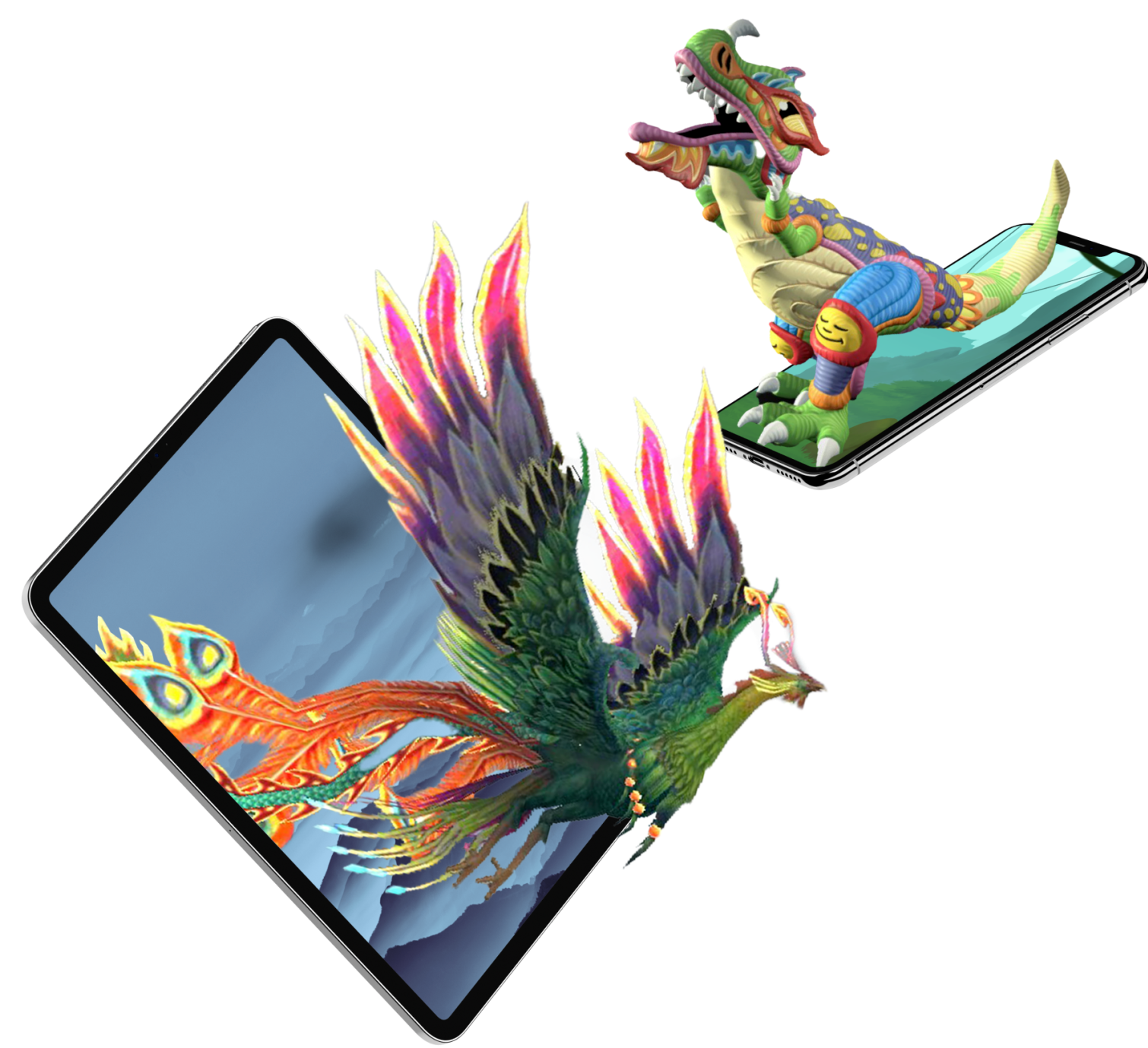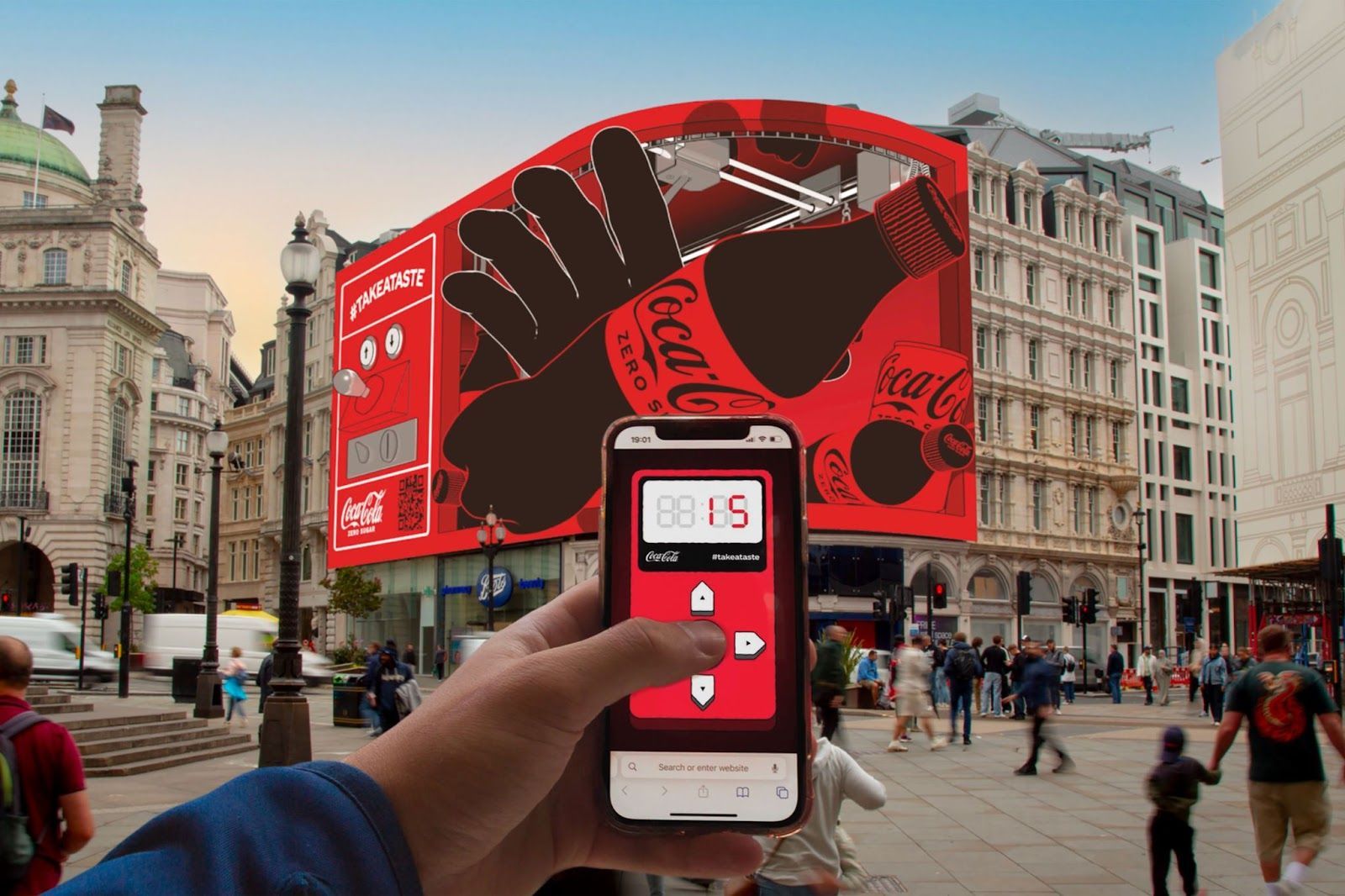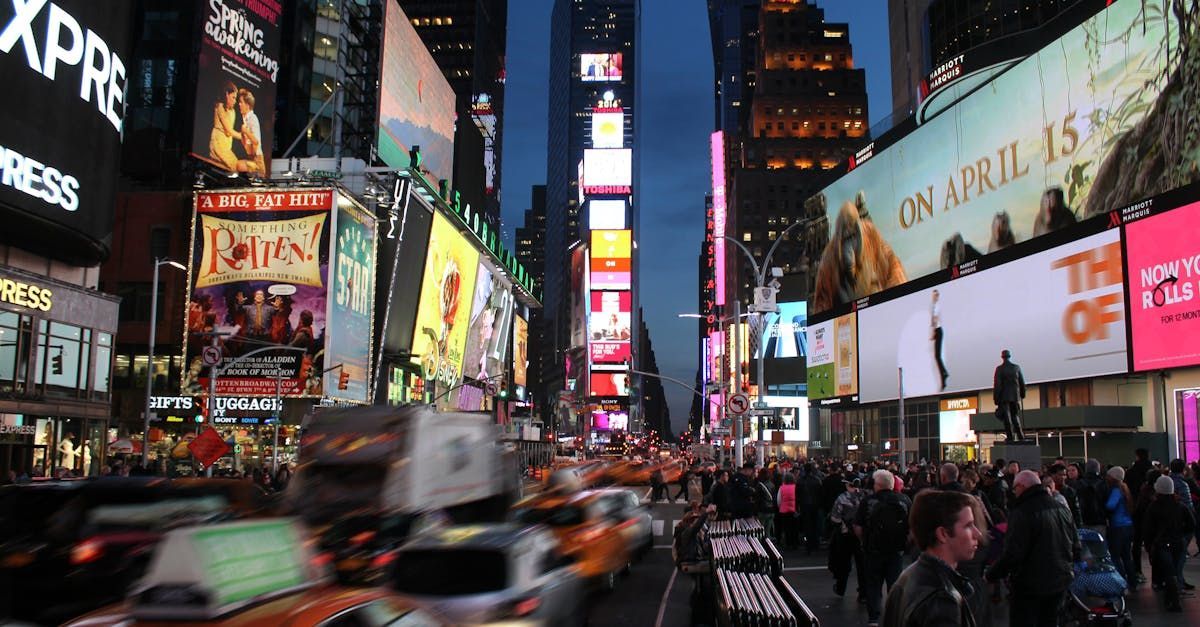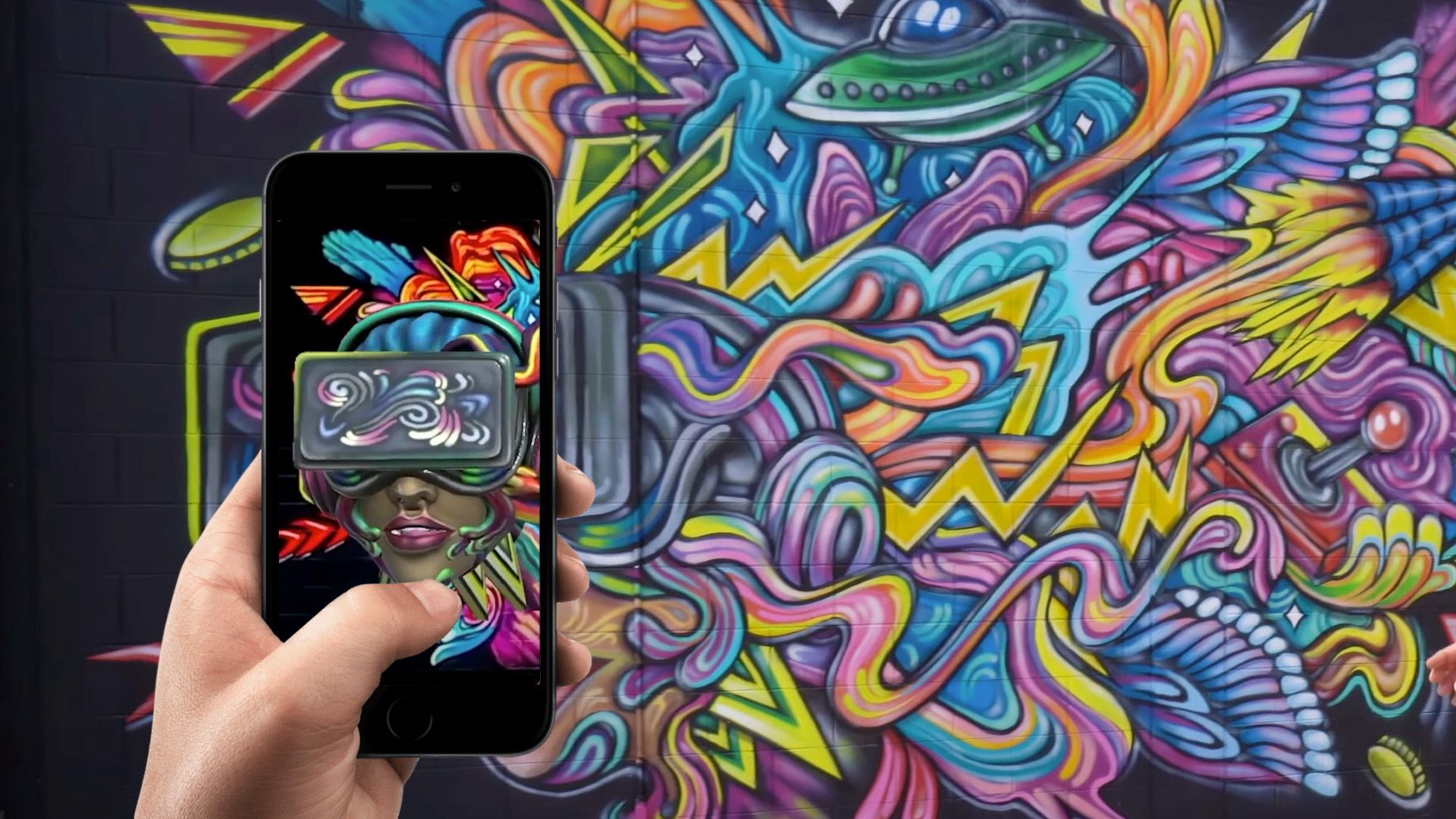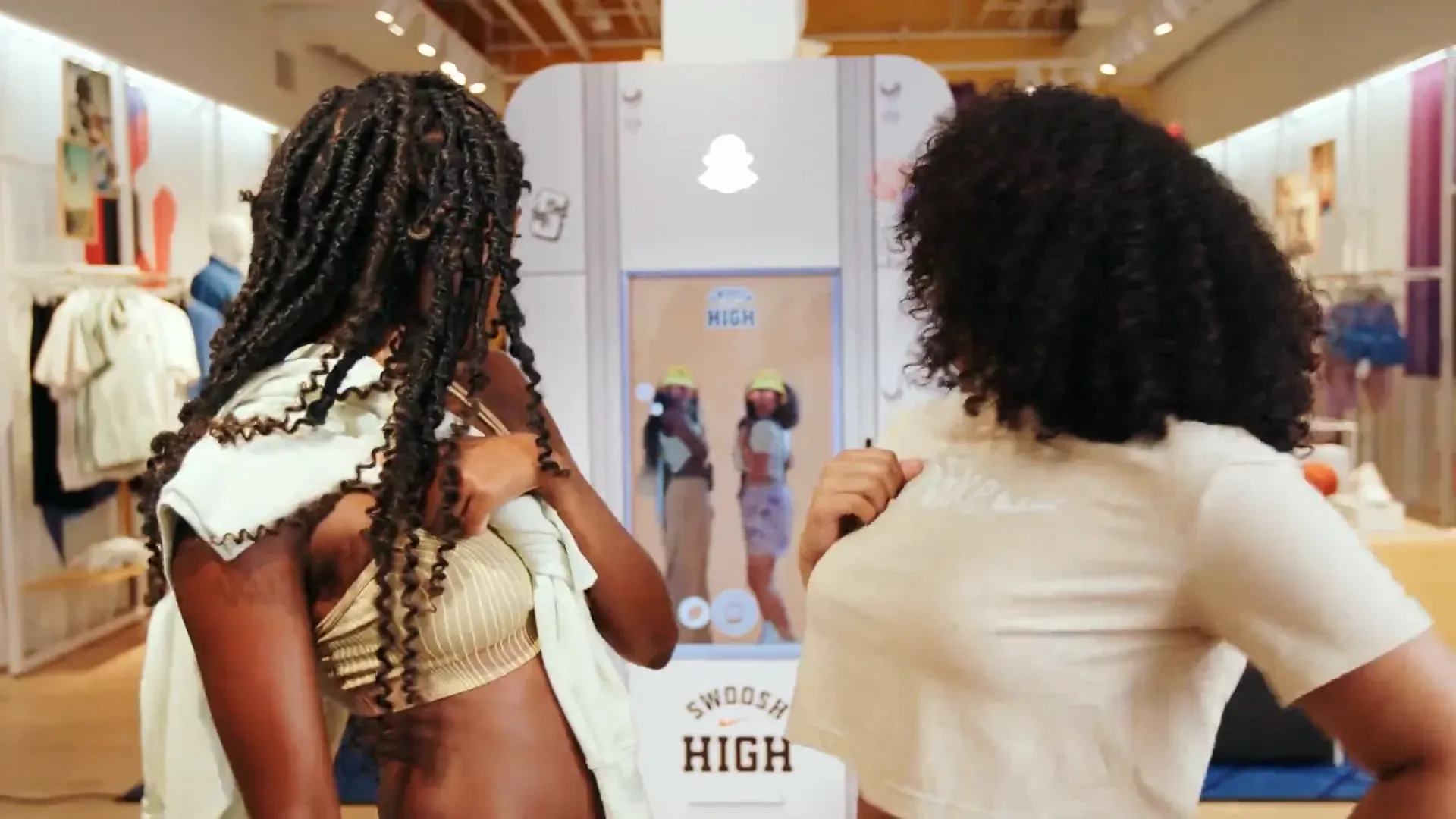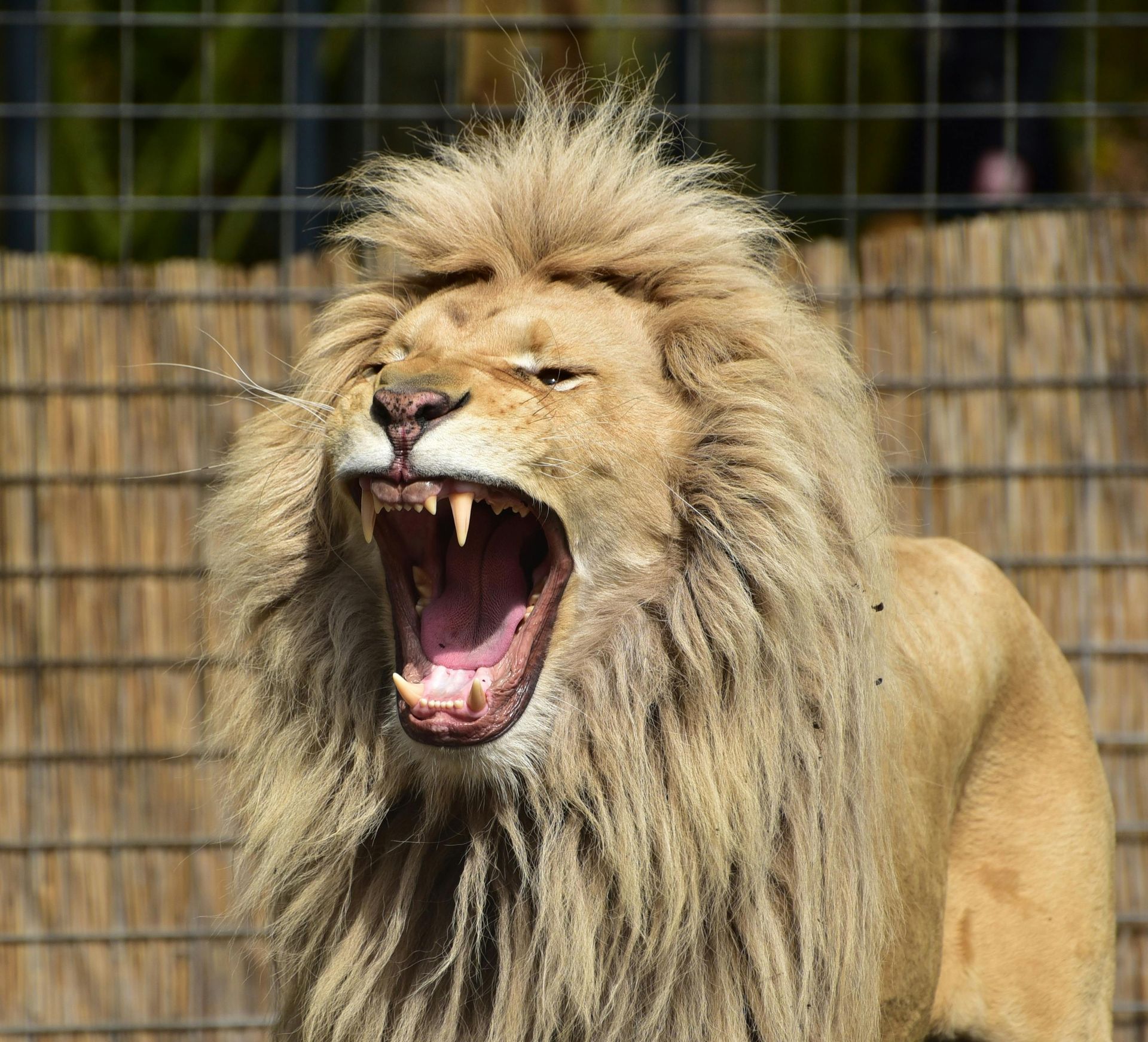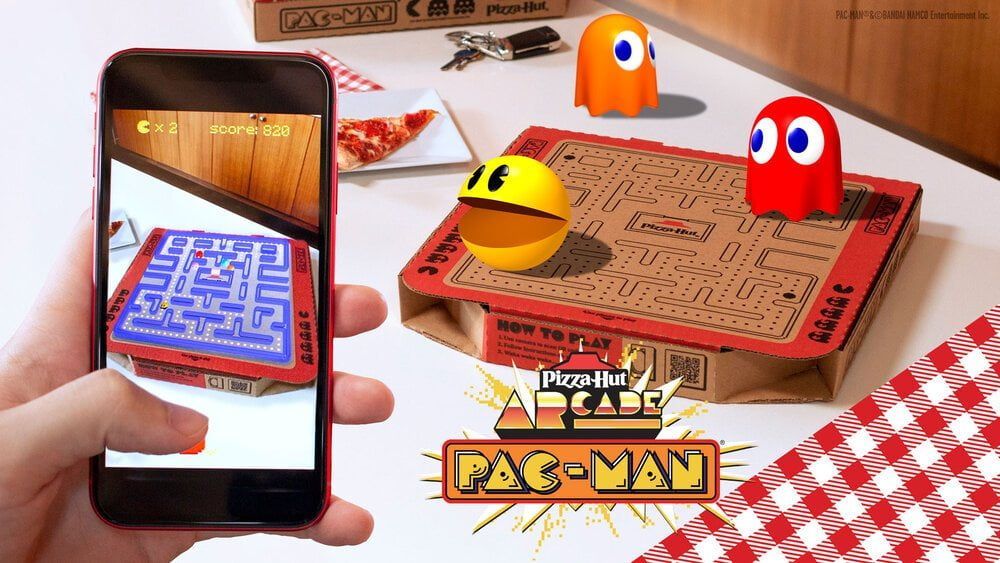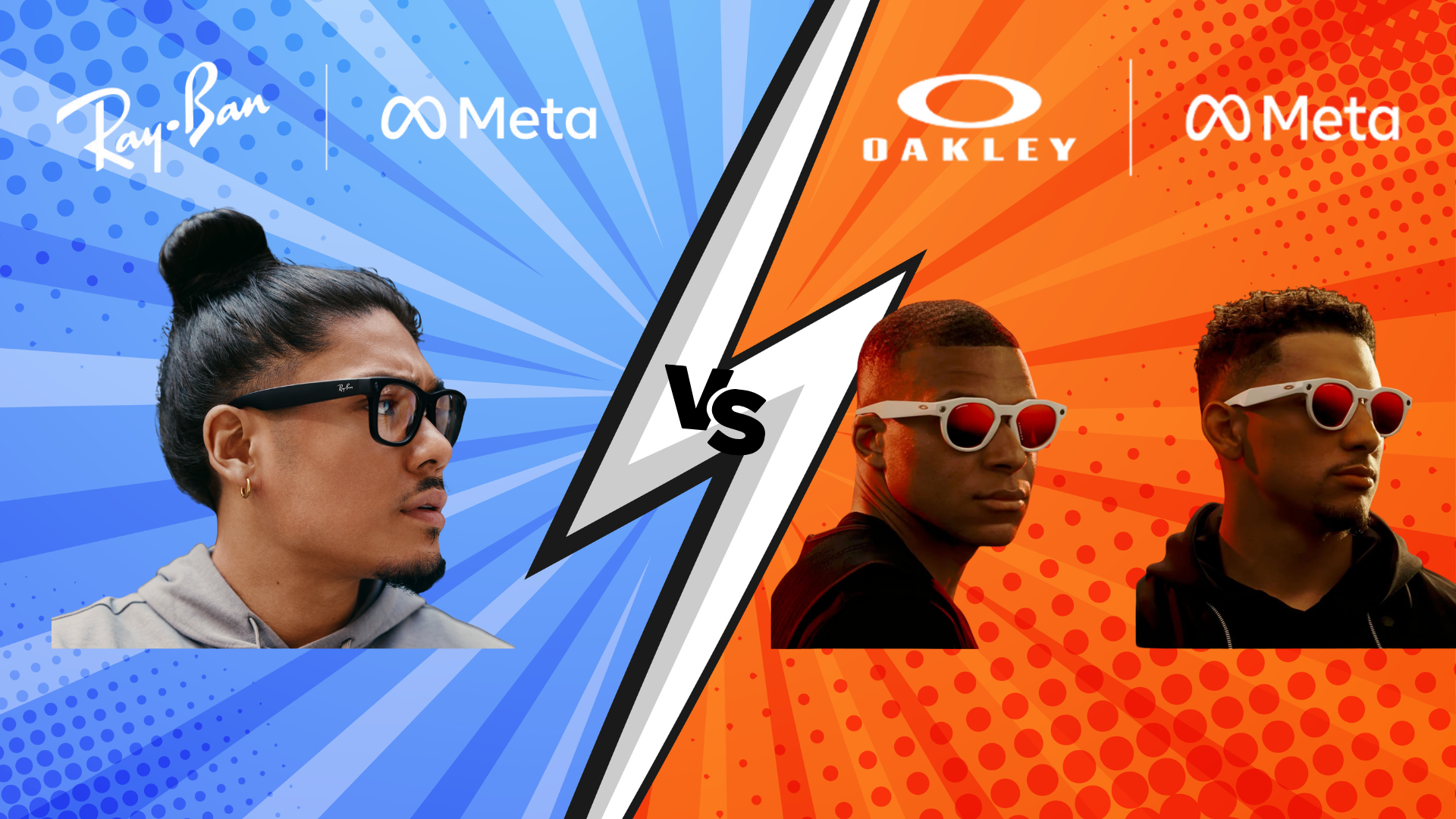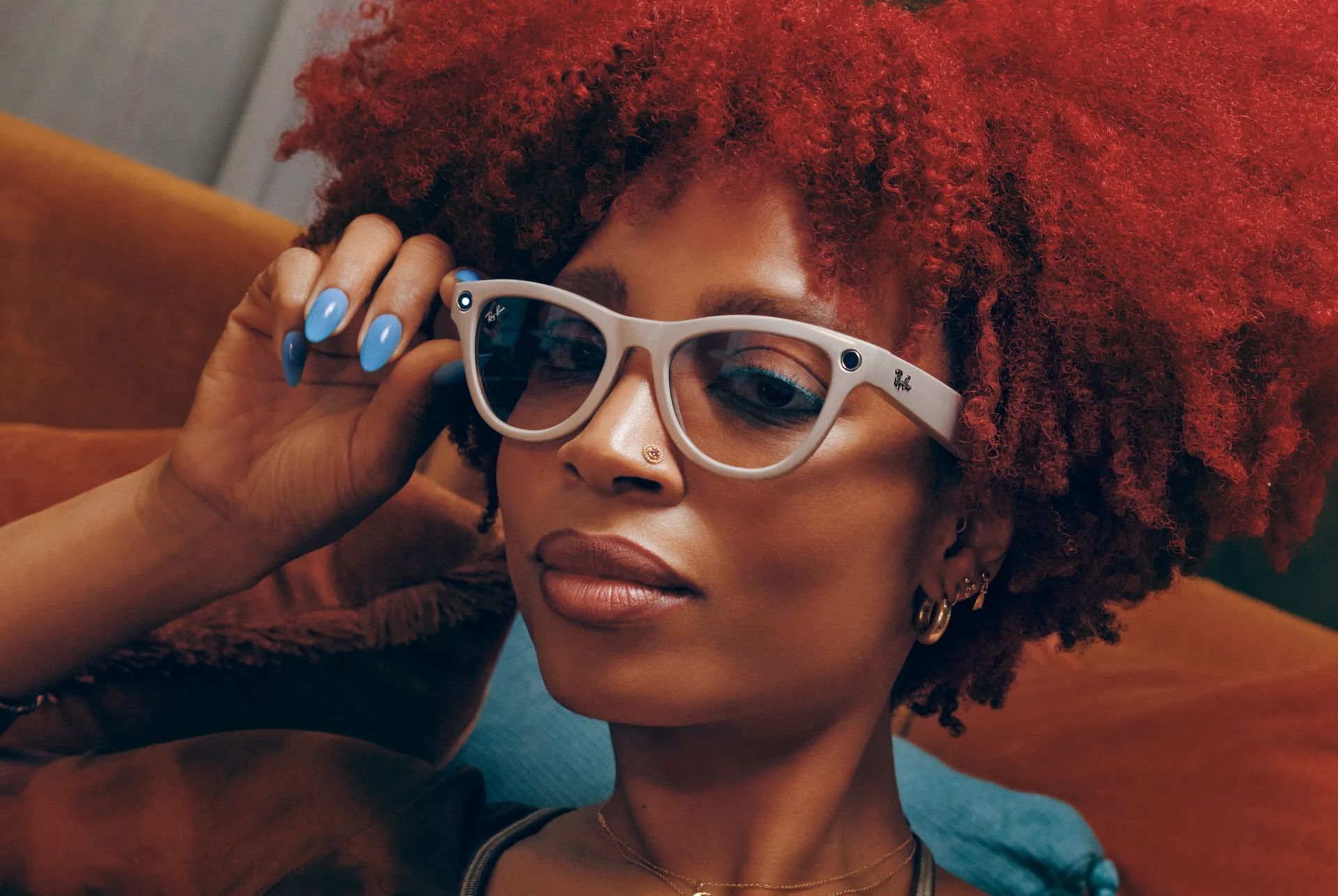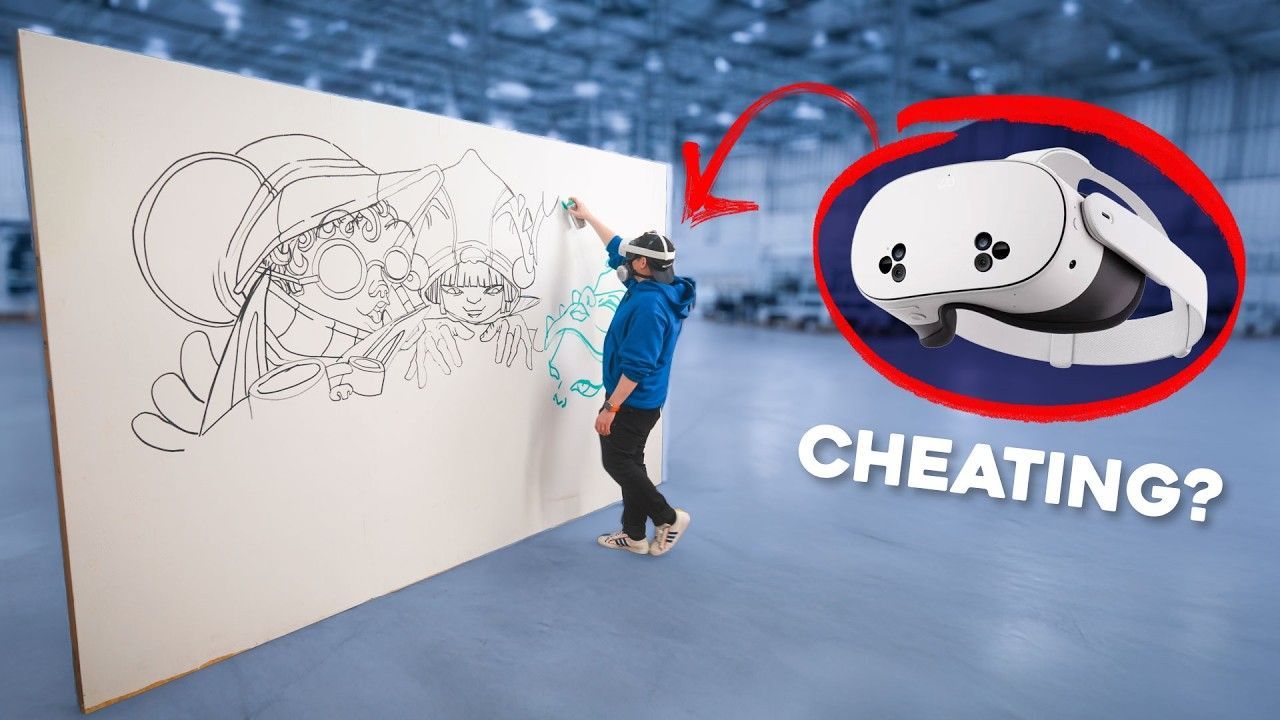AR Billboards in Entertainment: Promoting Films, Shows, and Events
Introduction
In an era of digital saturation, capturing audience attention has become increasingly challenging for entertainment marketers. Augmented Reality (AR) billboards represent a revolutionary leap forward in outdoor advertising, transforming static displays into interactive and immersive experiences that drive engagement and create lasting brand impressions. This technology is especially valuable in the entertainment sector, where generating anticipation and emotional connections with audiences is crucial for successful promotional campaigns.
For entertainment companies promoting films, television shows, and live events, AR billboards present an unparalleled opportunity to cut through the clutter, deliver memorable experiences, and encourage organic social sharing. Recent industry data indicates that AR-enhanced outdoor campaigns achieve engagement rates up to five times higher than traditional billboards, with average dwell times increasing from two to three seconds to one to two minutes. This results in substantially improved message retention and brand recall among target demographics.
This article explores how innovative AR billboard technology is transforming entertainment promotion by examining successful case studies, implementation strategies, measurement frameworks, and future trends that OOH advertising professionals and entertainment marketers should consider when planning their next campaign.
The Evolution of Entertainment Promotion in OOH Advertising
Traditional Billboards: Limitations and Challenges
Traditional outdoor advertising has long been a staple in entertainment promotion. From Broadway show posters to massive film billboards on Sunset Boulevard, static displays have historically served as visual announcements of upcoming releases. However, these traditional formats face significant limitations:
- Limited engagement opportunities with passive viewing experiences
- Inability to showcase the dynamic nature of entertainment content
- Difficult measurement of actual viewer interaction and engagement
- Lack of direct response mechanisms for audience action
- Increasing competition for attention in congested urban environments
The entertainment industry thrives on creating immersive experiences and has particularly felt these constraints. Audiences have become more digitally savvy, so their expectations for promotional experiences have also evolved.
The AR Billboard Revolution
Augmented Reality billboards signify the next frontier in out-of-home (OOH) advertising, overcoming many limitations of traditional formats. AR billboards merge physical displays with digital overlays accessed via smartphones, generating interactive experiences that:
- Transform passive viewing into active participation
- Allow audiences to experience elements of entertainment content firsthand
- Create sharable moments that extend campaign reach organically
- Provide valuable engagement data for campaign optimization
- Generate direct response actions like ticket purchases or content streaming
For entertainment marketers, AR billboards offer the ability to extend storytelling beyond the confines of traditional media, creating promotional experiences that reflect the immersive nature of the entertainment products themselves.
How AR Billboard Technology Works
Technical Infrastructure
AR billboard campaigns typically operate through a combination of technologies:
- Physical Billboard Elements - The traditional OOH display serving as the base canvas
- AR Markers/Triggers - Visual elements on the billboard that activate the AR experience
- Mobile Application - Either a dedicated app or integration with existing popular AR platforms
- Cloud-Based Content Management - Systems that store and deliver AR content elements
- Analytics Infrastructure - Technology that tracks engagement metrics and user behavior
The seamless integration of these components creates a unified experience where physical and digital elements complement each other to deliver maximum impact.
User Experience Flow
The typical user journey for an AR billboard experience includes:
- Awareness: The viewer notices the physical billboard, which contains visual cues indicating AR capabilities
- Activation: The viewer launches the required application and points their device at the billboard
- Engagement: Digital content overlays appear, enabling interactive experiences related to the entertainment property
- Interaction: The viewer participates in the experience through gestures, movements, or on-screen actions
- Social Sharing: Compelling experiences prompt users to capture and share content on social platforms
- Conversion: Call-to-action elements encourage ticket purchases, content streaming, or other conversion goals
This flow transforms what would typically be a passive viewing experience into an active engagement opportunity, extending both the time spent with the advertising and the depth of the brand interaction.
Successful AR Billboard Campaigns in Entertainment
Film Promotions
Marvel's "Avengers: Endgame" Interactive Character Billboards
When promoting the culmination of their cinematic universe, Marvel deployed AR billboards in key global markets, allowing fans to "join" their favorite characters. Viewers could see themselves alongside Iron Man or Captain America, creating shareable content that generated over 2.5 million social media impressions and contributed to the film's record-breaking opening weekend.
"Jurassic World: Dominion" Escaped Dinosaur Experience
Universal Pictures launched an AR billboard campaign featuring dinosaurs that appeared to "escape" from billboards into urban environments. Passersby could capture footage of these prehistoric creatures roaming modern streets, generating a viral sensation that accumulated over 15 million views across social platforms and drove a 22% increase in advance ticket sales in markets where the AR billboards were present deployed.
Television Series Promotions
"Stranger Things" Upside Down Portals
Netflix used AR billboards that seemed to open "portals" to the show's infamous Upside Down dimension. Viewers could see monsters emerging from these portals, creating atmospheric teasers that generated substantial buzz. The campaign achieved a 45% higher engagement rate compared to traditional billboards used previously seasons.
"Game of Thrones" Dragon Landing Experience
HBO's final season promotion included AR billboards where dragons appeared to land on city buildings, showcasing the show's iconic creatures in urban settings. The campaign generated over 3 million user videos, contributing to record-breaking viewership for the season premiere.
Live Events and Performances
Coachella Music Festival's Performer Previews
Coachella deployed AR billboards throughout California, allowing viewers to see holographic previews of headline performers. The billboards created mini-concerts in public spaces, generating excitement and contributing to the festival's record-breaking sales.
Broadway's "Hamilton" Historical Context Billboards
The hit musical utilized AR billboards that overlaid historical context about Alexander Hamilton's life onto physical advertisements. These educational elements enhanced the promotional campaign while providing cultural value, resulting in a 30% increase in ticket inquiries.
Implementation Strategies for Entertainment AR Billboards
Location Selection Considerations
Strategic placement of AR billboards is critical for entertainment promotions:
- High-Foot-Traffic Areas: Locations where pedestrians have time to engage with the experience
- Entertainment Districts: Areas already associated with film, theater, or music activities
- Complementary Contexts: Locations that enhance the narrative of the entertainment property
- Technical Viability: Ensuring sufficient lighting, space, and mobile coverage for AR functionality
- Demographic Alignment: Placing billboards where target audiences for the entertainment property congregate
The ideal location balances visibility with practicality, ensuring that potential audiences can comfortably and effectively access the AR experience.
Content Development Best Practices
Creating effective AR billboard content for entertainment properties requires:
- Authentic Extension of the Entertainment Property: Ensuring AR elements remain true to the film, show, or event's creative vision
- Balancing Spectacle with Simplicity: Creating impressive visual moments while maintaining user-friendly interactions
- Optimizing for Brief Engagements: Designing experiences that deliver value within 60-90 seconds
- Clear Instructions: Providing intuitive guidance for activating and navigating the AR experience
- Social Integration: Building in capture and share functionality that extends organic reach
- Call-to-Action Integration: Incorporating seamless pathways to ticket purchasing or content streaming
The most successful campaigns strike a balance between technological innovation and user accessibility, ensuring that impressive capabilities don't create barriers to engagement.
Timing and Campaign Integration
AR billboard campaigns for entertainment properties achieve maximum impact when:
- Deployed 3-4 weeks before film releases or event dates
- Coordinated with other marketing activities across channels
- Updated regularly with fresh content to encourage repeat engagement
- Integrated with social media campaigns through hashtags and sharing incentives
- Aligned with talent appearances and promotional activities
This timing framework ensures that AR billboards serve as both awareness-building tools early in the promotional cycle and conversion-driving mechanisms as the entertainment event approaches.
Measuring Success: KPIs and Analytics
Engagement Metrics
Key metrics for evaluating AR billboard performance include:
- Activation Rate: Percentage of viewers who initiate the AR experience
- Engagement Duration: Average time spent interacting with AR elements
- Completion Rate: Percentage of users who complete the full experience
- Social Shares: Number of user-generated content pieces shared to social platforms
- Earned Media Value: Estimated value of organic coverage generated by the campaign
- Heatmap Data: Analysis of which elements of the AR experience receive the most attention
These metrics provide crucial insights into user interaction patterns, helping marketers optimize both current and future campaigns.
Conversion Tracking
For entertainment promotions, conversion metrics include:
- Ticket Sales: Direct purchases attributed to AR billboard interactions
- Streaming Initiations: Content streaming starts linked to AR experiences
- Website Traffic: Visits to property websites originating from AR billboard QR codes
- App Downloads: Entertainment property app installations prompted by AR experiences
- Loyalty Program Enrollments: Fan club or promotional list sign-ups through AR interactions
Advanced tracking systems can link these conversions to specific AR billboard locations and experiences, providing granular ROI analysis.
Qualitative Measurement
Beyond numeric metrics, entertainment marketers should track:
- Sentiment Analysis: Emotional responses to AR experiences shared on social media
- Brand Perception Shifts: Changes in how audiences perceive the entertainment property
- Audience Feedback: Direct comments and suggestions from users
- Creative Impact: How AR elements enhance understanding of the entertainment property's value proposition
These qualitative measurements often reveal insights about emotional connections formed through AR experiences that purely quantitative data might miss.
Technical Considerations and Implementation Challenges
Platform Selection
Entertainment marketers must choose between:
- Proprietary AR Apps: Developing dedicated applications for specific campaigns
- Existing AR Platforms: Partnering with established AR browsers like Blippar or Zappar
- Social Media AR Integration: Utilizing platforms like Snapchat or Instagram AR capabilities
- Web-Based AR: Implementing experiences that work directly through mobile browsers
Each approach offers different advantages in terms of creative control, user adoption barriers, and analytics capabilities.
Bandwidth and Technical Requirements
Successful AR billboard implementations require careful consideration of:
- Network Capacity: Ensuring sufficient bandwidth in billboard locations
- Asset Optimization: Creating efficient AR elements that load quickly
- Device Compatibility: Supporting both iOS and Android devices across various specifications
- Fallback Options: Providing alternative experiences for users with older devices
- Weather and Lighting Conditions: Accounting for environmental factors affecting AR visibility
Addressing these technical considerations helps ensure that AR billboards deliver consistent experiences regardless of user circumstances.
Costs and Budget Allocation
Investment considerations for AR billboard campaigns include:
- Creative Development: 30-40% of budget for AR content creation
- Technology Implementation: 25-35% for platform development or licensing
- Media Placement: 15-25% for physical billboard locations
- Maintenance and Updates: 10-15% for ongoing content refreshes
- Analytics and Optimization: 5-10% for measurement and improvement
Entertainment properties with longer promotional cycles may benefit from amortizing these costs across extended campaign periods.
Future Trends in AR Billboard Entertainment Promotion
Advancements in Technology
Emerging technologies likely to impact AR billboard promotions include:
- LiDAR Integration: Providing more precise spatial mapping for AR experiences
- 5G Connectivity: Enabling higher-resolution AR content and faster loading times
- Cloud AR: Reducing device processing requirements through cloud-based rendering
- Persistent AR: Creating experiences that remain in place for extended periods
- Holographic Displays: Eliminating the need for personal devices in some AR experiences
These advancements will expand creative possibilities while reducing technical barriers to engagement.
Integration with Other Marketing Channels
Future AR billboard campaigns will increasingly connect with:
- CRM Systems: Personalizing AR experiences based on user history and preferences
- Loyalty Programs: Rewarding engagement with exclusive entertainment content
- Streaming Platforms: Directly connecting billboard experiences to content consumption
- E-commerce Systems: Enabling merchandise purchases through AR interactions
- Second-Screen Experiences: Creating complementary content for home viewing
This integration will create more cohesive marketing ecosystems where OOH advertising seamlessly connects with other consumer touchpoints.
Personalization and Targeting
Next-generation AR billboards will incorporate:
- Anonymous Facial Recognition: Adapting experiences based on viewer demographics
- Time-of-Day Optimization: Changing content to match audience patterns throughout the day
- Weather-Responsive Content: Adjusting AR elements based on environmental conditions
- Interest-Based Customization: Tailoring experiences based on detected user preferences
- Dynamic Content Rotation: Updating AR elements based on performance metrics
These capabilities will help entertainment marketers deliver more relevant experiences that resonate with specific audience segments.
Conclusion
AR billboards represent a transformative approach to promoting entertainment, bridging the gap between traditional outdoor advertising and digital engagement. For films, television shows, and live events, these interactive experiences foster meaningful connections with audiences that extend far beyond the capabilities of static displays.
As technology evolves and consumer expectations rise, entertainment marketers who adopt AR billboards place themselves at the forefront of promotional innovation. The blend of physical presence and digital interaction offers powerful opportunities to showcase entertainment properties in ways that generate excitement, encourage sharing, and drive conversions.
The most successful implementations will balance technological capabilities with authentic storytelling, ensuring that AR experiences enhance, rather than detract from, the entertainment properties they promote. By focusing on creating genuine value for viewers through interaction, entertainment brands can transform ordinary advertising moments into memorable experiences that build anticipation and drive action.
For OOH advertising professionals and entertainment marketers, AR billboards present a compelling opportunity to redefine the capabilities of outdoor advertising—transforming passive viewing into active participation and turning city spaces into canvases for entertainment storytelling.
TALK TO A PRO
We're here to bring your brand to life!
Stay Connected with BrandXR
Create Augmented Reality for Free!
Create, Publish, and Measure 3D Augmented Reality Experiences Without Having to Code.
